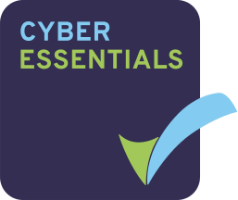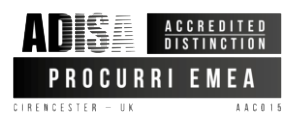The IT industry is full of abbreviations, acronyms, and unique jargon. One commonly found in the data center management sector is EOSL, an abbreviation for End of Service Life. But what does this mean and how does it affect a business’ IT operations? More importantly, what does this signal for our partners and their customers as it relates to their maintenance strategy?
The definition of EOSL
The term End of Service Life refers to the end of the serviceable life of an asset; not necessarily the point at which it ceases to function altogether, but rather the point at which it is no longer able to be maintained by the OEM. It is at the End of Service Life point that a business will be asked by OEM to look at upgrading to newer models.
Who decides when the EOSL date is?
The End of Service Life date is set by the OEM (Original Equipment Manufacturer). It is standard for OEMs to offer a warranty on their equipment as well as service packages for maintenance support up until their designated EOSL. However, this date is more likely to be set dependent on the manufacturer’s capacity to offer service on the hardware around the launch of newer models of equipment. The OEMs will turn their focus to newer products and stop developing new upgrades and features for products that EOSL.
What’s the true point of EOSL?
End of Service Life hardware in most cases can be maintained sufficiently well past the designated date at which the OEM pulls its support. If equipment can be maintained to provide adequate performance standards for the end-users, it can continue to be used and its lifecycle extended. Extending the function past the OEM End of Service Life stage maximizes the derived value of the hardware, ensures equipment isn’t sent to landfills unnecessarily, and allows for the business to accumulate and assign budgetary resources to purchase a new kit when required. It’s cost-effective, helps with budget constraints, and is more sustainable for the environment, allowing the customer to determine the lifecycle of an asset, rather than the OEM.
What are the options when hardware really does meet its EOSL point?
When data center equipment reaches the End of Service Life stage deemed by the end-user, it needs to be replaced. That’s not to say that the existing out-of-use hardware should be sent to a landfill, however. Procurri’s comprehensive ITAD (IT Asset Disposal) services include options for refurbishment and resale, recycling, and sustainable disposal where truly required. All equipment is data cleansed and processed in accordance with best practice and regional government legislation models, and new products installed by Procurri’s specialist engineers.
To discuss your options, extend the lifecycle of your data center, and prepare for the true End of Service Life date of your equipment, contact the Procurri team today.
.jpg?width=3508&height=2480&name=01%20Procurri%20Logo%20Full%20Color%20CMYK%20(2).jpg)
















